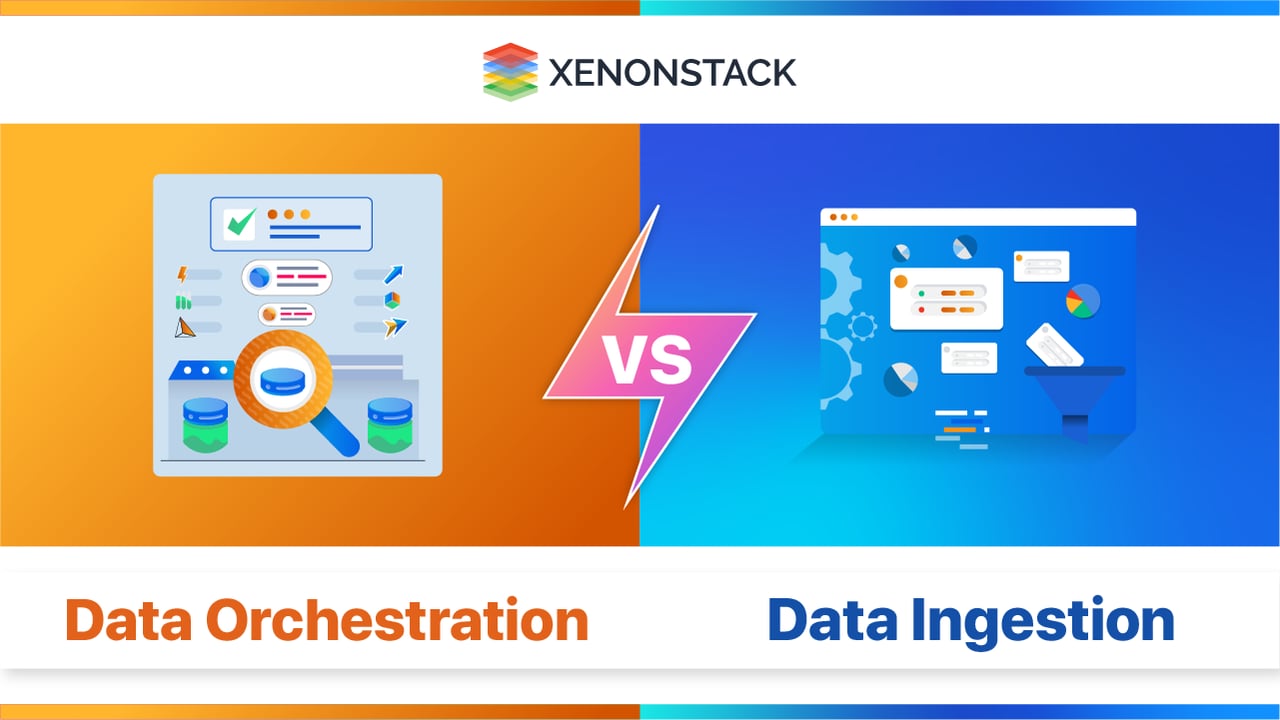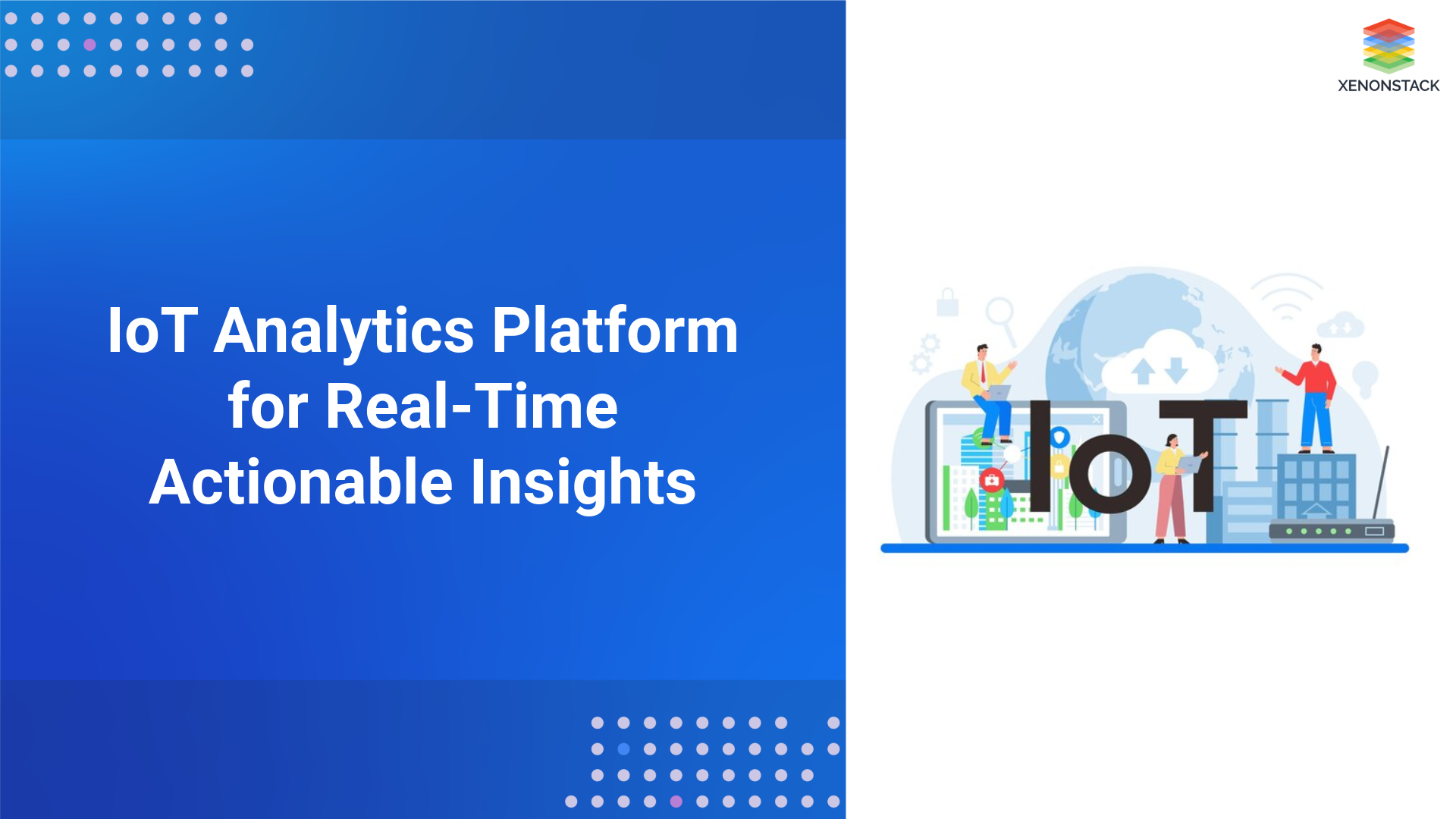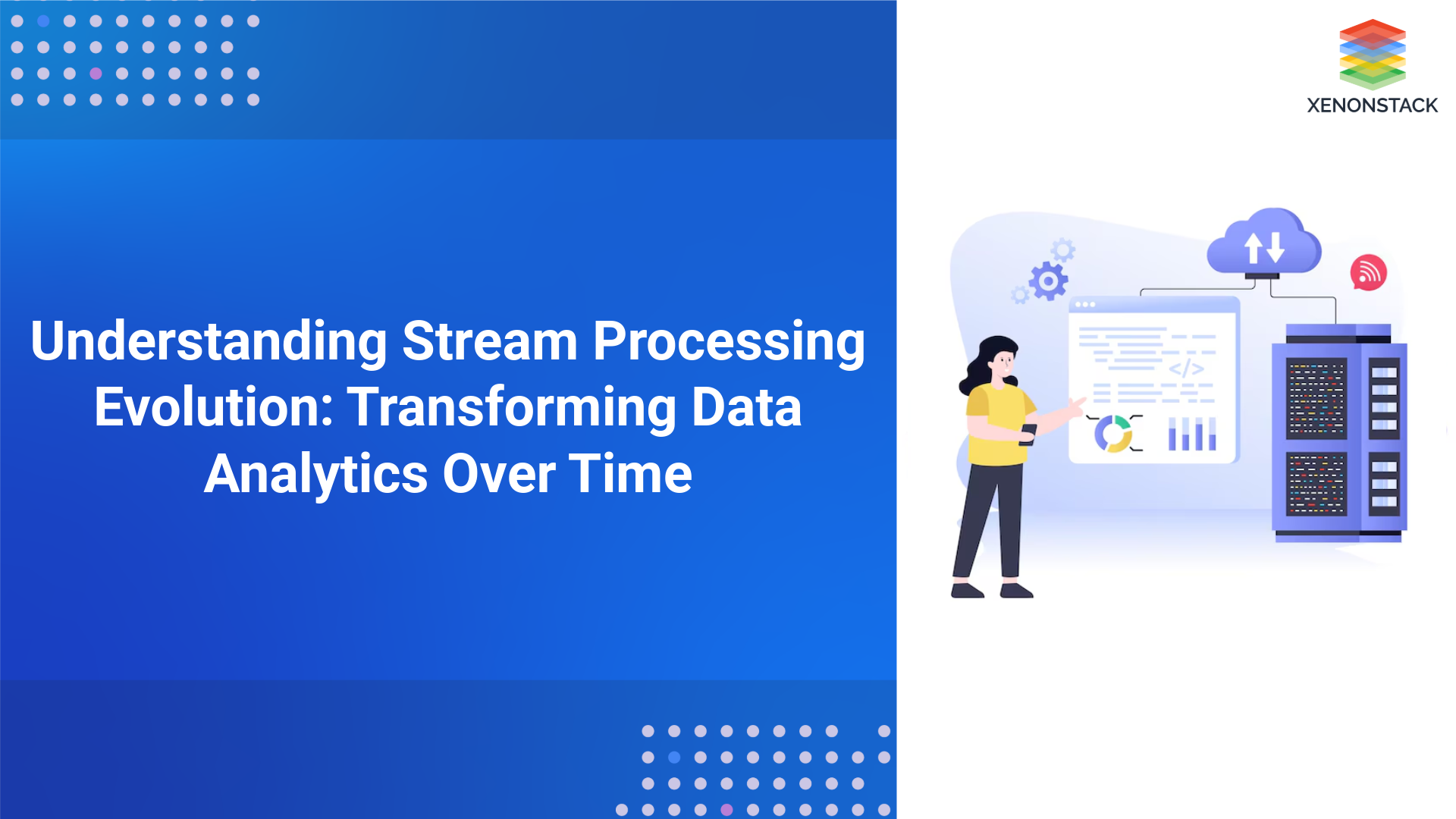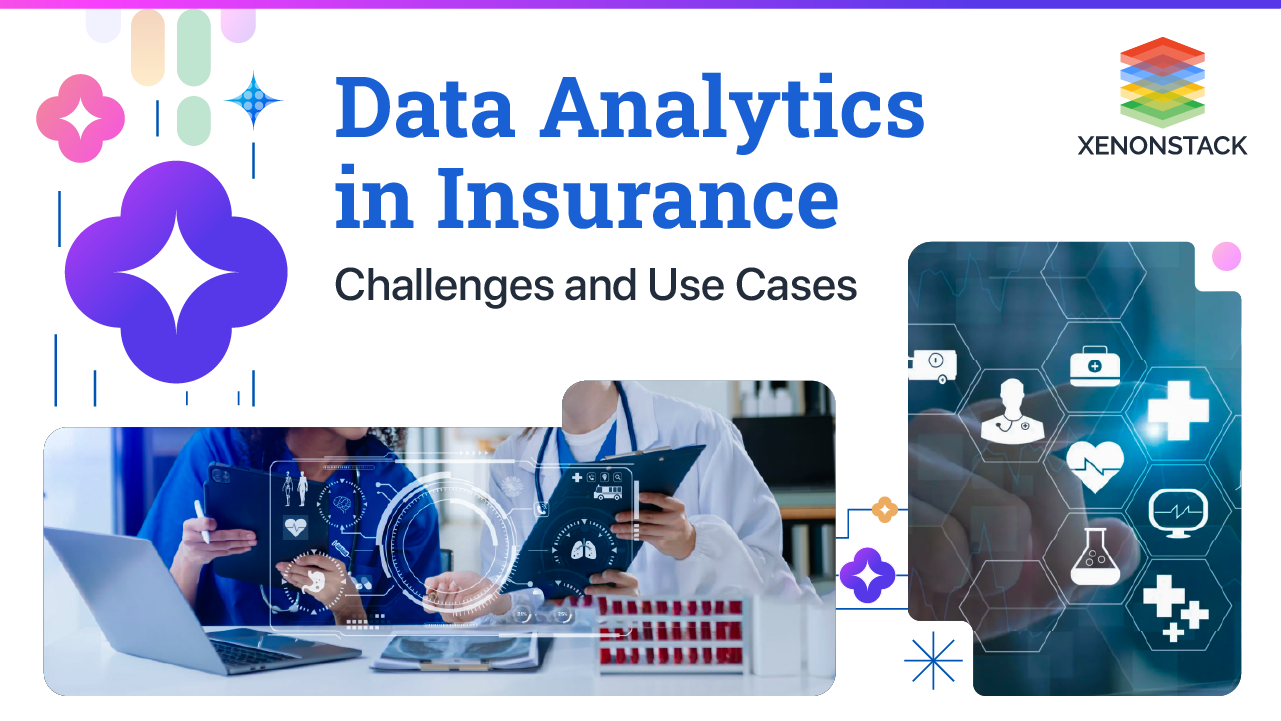
Data is a critical asset for any organization in today's digital age. However, handling data can be a daunting task, especially when managing large datasets from diverse sources. In such cases, data orchestration and data ingestion are essential processes that help organizations streamline data workflows effectively. This blog will discuss data orchestration, data ingestion, their differences, and their importance in managing data efficiently.
What is Data Orchestration?
Data orchestration involves managing and coordinating workflows across multiple systems, applications, and environments. It ensures smooth movement, transformation, and processing of data across different stages, from ingestion to analytics. Technologies such as Apache Beam, Apache Flink, and Apache ZooKeeper play a significant role in enabling seamless automatic data processing in modern data pipelines.
The primary goal of data orchestration is to provide a unified view of data across an organization, eliminate data silos, and ensure that data is delivered to the right person or system at the right time. This enhances data preprocessing in ML, improves data processing in IoT, increases data availability, and reduces the time and effort required to manage complex data ecosystems.
A part of the Big Data Architectural Layer in which components are decoupled so that analytics capabilities may begin. Taken From Article, Big Data Ingestion Tools
Key Components of Data Orchestration
The critical components of data orchestration include:
-
Data Pipeline Design: This involves designing pipelines that connect various data sources, specifying the necessary data processing steps at each stage. Apache Flink is often used for real-time stream processing, while Apache Beam provides a unified model for both batch and streaming data.
-
Data Pipeline Implementation: This involves implementing the data pipelines using the appropriate technologies and tools. This may include data integration tools, ETL (extract, transform, load), data modeling, and data governance tools.
-
Data Pipeline Monitoring: This involves monitoring the data pipelines to ensure they function correctly and detect any issues that may arise.
-
Data Pipeline Optimization: This involves optimizing the pipelines to improve performance, reduce costs, and enhance data quality.
Examples
Some examples of data orchestration include:
-
ETL Processes: An ETL (Extract, Transform, Load) process is a common technique that involves extracting data from various sources, transforming it into a standard format, and loading it into a target system, a data warehouse. For example, a retail company might extract data from various sources such as point-of-sale systems, social media platforms, and customer surveys, transform it into a standard format, and load it into a data warehouse for analysis.
-
Real-time data pipelines: Real-time data pipelines are another example of data orchestration. These pipelines continuously collect, process, and deliver data from various sources in real time. For example, a financial institution might use real-time data pipelines to collect and analyze data from multiple stock exchanges to inform trading decisions.
-
Batch Processing Systems: Batch processing systems are also used to orchestrate large volumes of data in batches. For example, a healthcare provider might use a batch processing system to analyze patient data collected over a period to identify trends and patterns that can inform treatment decisions.
A process that involves looking over and confirming the functionality of Big Data Applications. Taken From Article, Big Data Testing Best Practices
What is Data Ingestion and How It Works?
Data Ingestion refers to bringing data into a system or application for processing. Its aims to capture and store data to make it easy to analyze and use. The purpose of data ingestion is to enable organizations to collect and process large amounts of data quickly and efficiently. This is particularly important in situations where data is being generated at a high rate, such as in the case of real-time data streams.
The critical components of it include data capture, storage, and processing. Data capture involves collecting data from multiple sources and ingesting it into a system. Data storage involves storing the data to make it easy to access and analyze. Finally, data processing involves applying algorithms or other techniques to the data to extract insights.
Examples
-
Web Scraping: Web scraping is a common technique that involves collecting data from websites. For example, a news organization might use web scraping to collect news articles from various websites and aggregate them on their site.
-
Database Replication: Database replication involves copying data from one database to another. For example, a retail company might replicate data from its point-of-sale systems to a data warehouse for analysis.
-
API Integration: API (Application Programming Interface) integration involves collecting data from various web-based applications. For example, a marketing company might use API integration to collect social media data from platforms such as Facebook and Twitter for analysis.
An open source for distributing and processing of data supporting data routing and transformation. Click to explore about our, Building Data Ingestion Platform
Why is Data Orchestration and Data Ingestion Important?
The importance of Data Orchestration and Data Ingestion are listed below:
Data Management
These are critical for effective data management. Organizations can access, integrate, and analyze data from various sources with proper data management.
Data Quality
These are essential for ensuring data quality. Organizations can ensure the data is accurate, complete, and consistent by managing and coordinating data from multiple sources and preparing it for analysis.
Data Security
These are also crucial for data security. Organizations can ensure that sensitive information is protected and secure by adequately managing and preparing data for analysis.
Businesses need to implement the right trends to stay ahead of their competitors. Taken From Article, Latest Trends in Big Data Analytics
Differences Between Data Orchestration and Data Ingestion
The below listed are the differences between Data Orchestration and Data Ingestion:
Definition
It involves managing and coordinating data from multiple sources to ensure that it is accurate, complete, and consistent. On the other hand, involves collecting, preparing, and loading data from various sources into a target system.
Methodology
Data orchestration involves integrating, processing, transforming, and delivering data to the appropriate systems and applications. Data ingestion, on the other hand, involves:
-
Identifying the data sources
-
Extracting the data
-
Transforming it into a usable format
-
Loading it into a target system
Focus
Data orchestration focuses on managing and coordinating data to ensure that it is accurate, complete, and consistent. Data ingestion focuses on collecting and preparing data from various sources for analysis.
Interrelationship
Data orchestration is often a part of the data orchestration process. Data must be collected, prepared, and loaded into a target system before it can be managed and coordinated.

Choosing the Right Data Strategy for Your Business
In conclusion, data orchestration and data ingestion are essential in modern data management. While they share some similarities, their differences make them useful for different tasks. This is a process that involves coordinating and managing the movement of data from various sources to a target system for analysis. It involves complex tasks such as data transformation, integration, and processing. Examples of data orchestration include ETL processes, real-time data pipelines, and batch processing systems.
Next Steps in Optimizing Your Data Pipeline for Performance & Growth
Talk to our experts about implementing data ingestion and orchestration systems. Learn how industries and different departments leverage data workflows and intelligent data processing to become data-driven. Utilize advanced data orchestration techniques to automate and optimize IT support and operations, enhancing efficiency and responsiveness.


